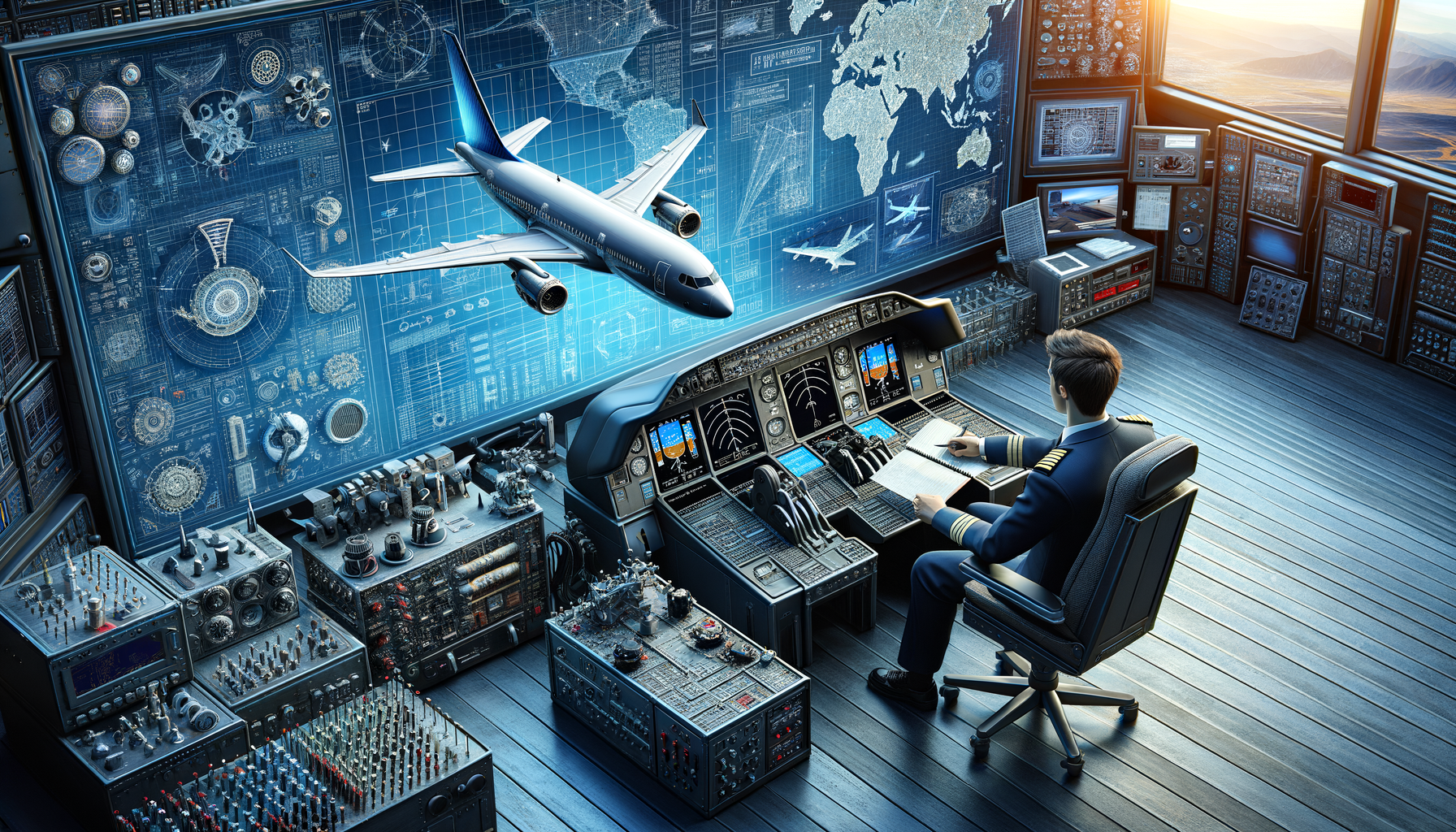
Start Your Career in Aviation in the USA – Training Opportunities for Everyone!
Understanding Aviation Training: A Gateway to the Skies
Aviation training is the backbone of the aviation industry, providing the essential skills and knowledge required to operate and manage aircraft safely. This training encompasses a wide range of disciplines, from piloting and aircraft maintenance to air traffic control and aviation management. Each of these areas plays a critical role in ensuring the safety and efficiency of air travel. The importance of aviation training cannot be overstated, as it directly impacts the safety of millions of passengers worldwide. By investing in comprehensive training programs, the aviation industry can maintain high safety standards and adapt to the evolving technological landscape.
For those aspiring to become pilots, flight training is one of the most sought-after paths. It involves rigorous instruction in both theoretical knowledge and practical flying skills. Students learn about aerodynamics, navigation, meteorology, and aviation regulations, among other subjects. Practical training is conducted in simulators and actual aircraft, allowing students to gain hands-on experience under the supervision of certified instructors. The journey from a novice to a licensed pilot is challenging, yet rewarding, offering a unique career that combines technical expertise with the thrill of flying.
Beyond piloting, aviation training also includes programs for aircraft maintenance engineers, who are responsible for ensuring that aircraft are in optimal condition. These professionals undergo specialized training to diagnose and repair mechanical issues, conduct routine inspections, and comply with stringent safety regulations. Their work is crucial in preventing accidents and maintaining the reliability of the aviation fleet. Additionally, training for air traffic controllers is vital, as these individuals manage the flow of aircraft in the skies and at airports, ensuring safe and efficient operations.
Exploring Different Types of Aviation Training Programs
The aviation industry offers a variety of training programs tailored to different career paths. These programs are designed to meet the diverse needs of the industry, accommodating individuals with varying interests and skill sets. One of the primary types of aviation training is pilot training, which is subdivided into private pilot, commercial pilot, and airline transport pilot licenses. Each level requires a specific number of flight hours, theoretical knowledge, and skill assessments. Aspiring pilots can choose to pursue their training through flight schools, universities, or military programs, each offering unique advantages and experiences.
For those interested in the technical side of aviation, aircraft maintenance training provides a pathway to becoming a licensed aircraft maintenance technician. These programs cover topics such as aircraft systems, avionics, and propulsion, equipping students with the skills needed to maintain and repair aircraft. Training typically involves a combination of classroom instruction and hands-on experience in maintenance facilities, ensuring that graduates are well-prepared for the demands of the job.
Air traffic control training is another critical area, focusing on the management of air traffic to ensure safe and efficient operations. Trainees learn about radar systems, communication protocols, and emergency procedures, among other subjects. The training process is rigorous, often involving simulation exercises and on-the-job training at control towers and centers. Successful completion of this training leads to certification, allowing individuals to work as air traffic controllers in various settings.
In addition to these core areas, aviation training also includes programs in aviation management, airport operations, and aviation safety. These programs prepare individuals for roles in managing airports, airlines, and regulatory bodies, emphasizing the importance of leadership, strategic planning, and safety management in the aviation industry.
The Future of Aviation Training: Embracing Innovation and Technology
The future of aviation training is being shaped by advancements in technology and innovation, offering new opportunities to enhance the learning experience. One significant trend is the increased use of flight simulators, which provide a realistic and safe environment for trainees to practice their skills. These simulators are becoming more sophisticated, incorporating virtual reality and artificial intelligence to create immersive training scenarios. By simulating real-world conditions, trainees can develop their decision-making and problem-solving abilities, preparing them for the complexities of modern aviation.
Another emerging trend is the integration of online learning platforms in aviation training. These platforms offer flexible and accessible learning options, allowing students to study at their own pace and convenience. Online courses cover a wide range of topics, from aviation theory to specialized subjects like drone operations and aviation cybersecurity. This approach not only broadens access to training but also supports continuous learning and professional development for those already working in the industry.
As the aviation industry continues to evolve, there is a growing emphasis on sustainability and environmental responsibility. Training programs are increasingly incorporating these themes, educating future aviation professionals on sustainable practices and technologies. This includes topics such as fuel efficiency, emissions reduction, and the use of alternative energy sources. By fostering a culture of sustainability, the industry can address environmental challenges and contribute to a greener future.
Overall, the future of aviation training is bright, with technology playing a pivotal role in enhancing the quality and accessibility of education. As new technologies and methodologies emerge, the industry must remain adaptable and forward-thinking, ensuring that its workforce is equipped to meet the demands of the future.


